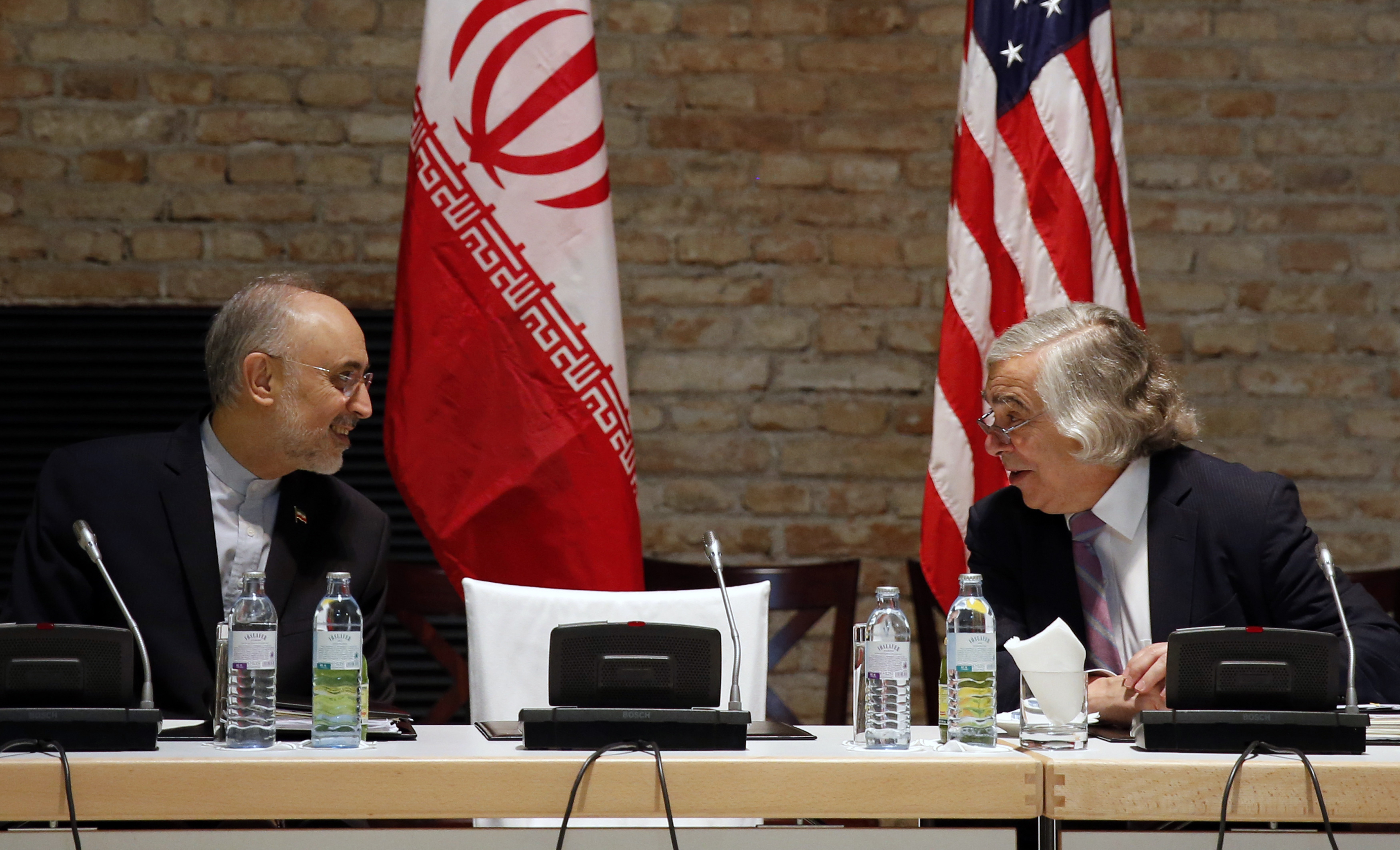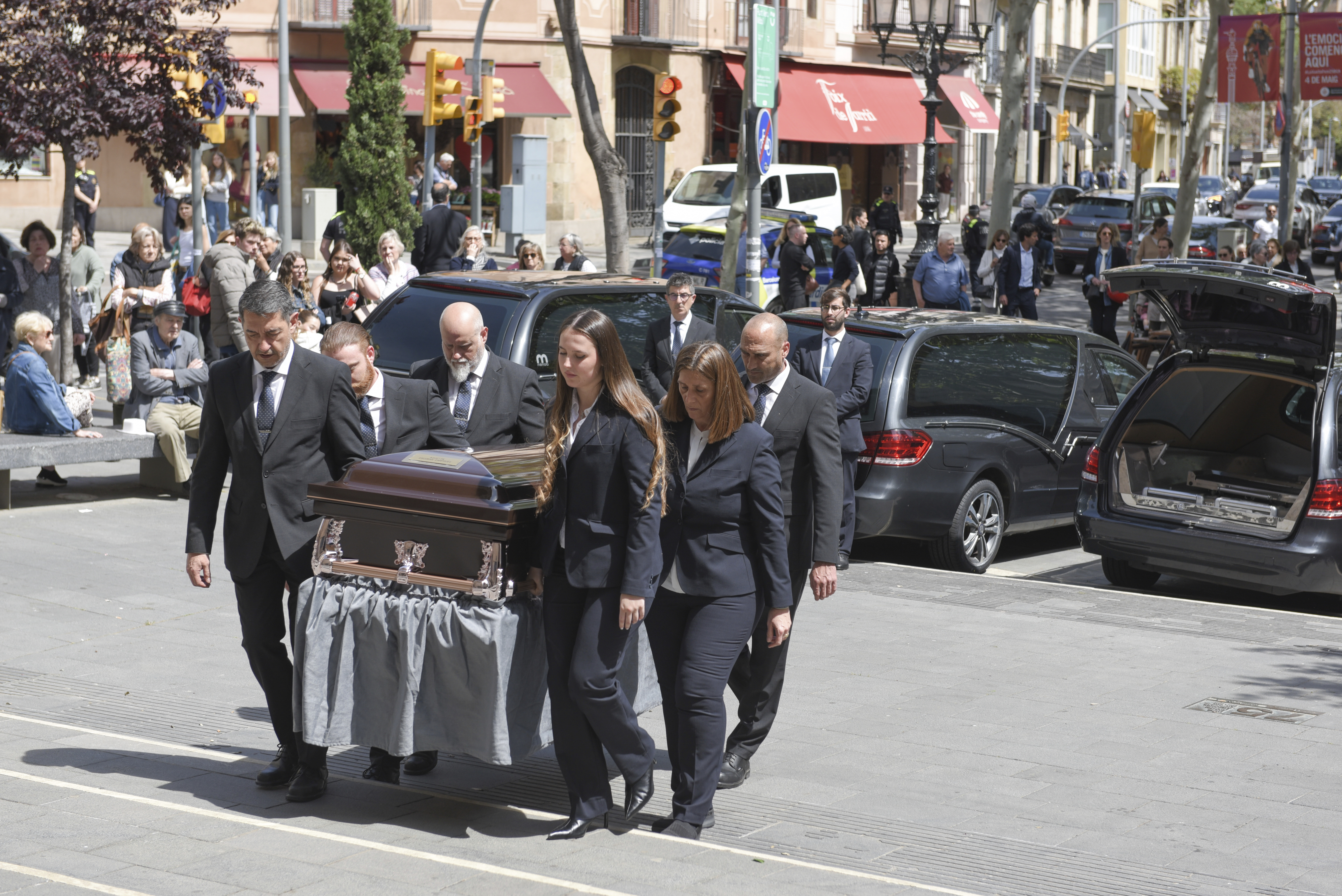MEMPHIS, Tenn. —Victims throughout the Mid-South are dying from gunshot wounds. We mostly hear about what happens outside the hospital, but what about inside?
When a patient comes in with a gunshot wound, doctors and nurses work with the Memphis Police Department to help investigators.
The trauma center sees approximately 100 gunshot wound victims per month, with surprisingly only a light uptick in spring and summer.
Thirty-three percent of those victims are shot on the weekend. And according to a report, most victims are between the ages of 20 to 24 and 30 to 39.
Dr. Peter Fischer is the interim Trauma Medical Director at Regional One. He says they sometimes see the same shooting victims over and over again until they eventually die.
That’s part of the reason why the hospital has a violence intervention program that works with victims to decrease the likelihood of harm in the future.
“Unfortunately, we’ve seen a spike in out gunshot wound violence over the time period,” Dr. Fischer said. “Now we’re up to almost 1,500 gunshot wounds victims admitted every year.”
On April 5, 2017 Eboni Woodard was walking to her car when she was confronted by a stranger.
“I got ready to pass this guy and I uttered out, ‘Excuse me.’ And by the time I said that, he turned around and hit me,” she said.
She doesn’t remember much about that day but she does remember pulling her gun out and trying to fight back. But she didn’t realize she had been shot.
“I remember getting back in my car and driving towards Covington Pike and Stage. At that point, a guy said that I screamed. I don’t even remember screaming, but he got out of the car and was like, ‘M’am what’s wrong?” I told him I had just been shot.”
WREG was on the scene moments later as Woodard was rushed to the hospital.
A bullet injured her pancreas, intestine and liver.
“The biggest thing we’ve seen is not necessarily more injuries, but more compartments being injured. And so, instead of just having an isolated gunshot wound to the abdomen, now we’re seeing a gunshot wound to the head, the abdomen and the chest all on the same victim,” Dr. Fischer said.
Woodard needed help getting back on her feet and wanted to live comfortably without having to look over her shoulder.
She says the intervention program helped her do just that.
Although her life will never be the same, she is grateful for the Regional One Trauma Center and her faith that didn’t allow to give up.
“We’re the only medical specialists that would love to put ourselves out of business,” Dr. Fischer said.
Regional One says the Violence Intervention Program is a success.
So far they’ve had more than 200 patients go through the program. In 2017, only one person came back to the hospital with a trauma injury.
So far in 2018, no one has returned.


















